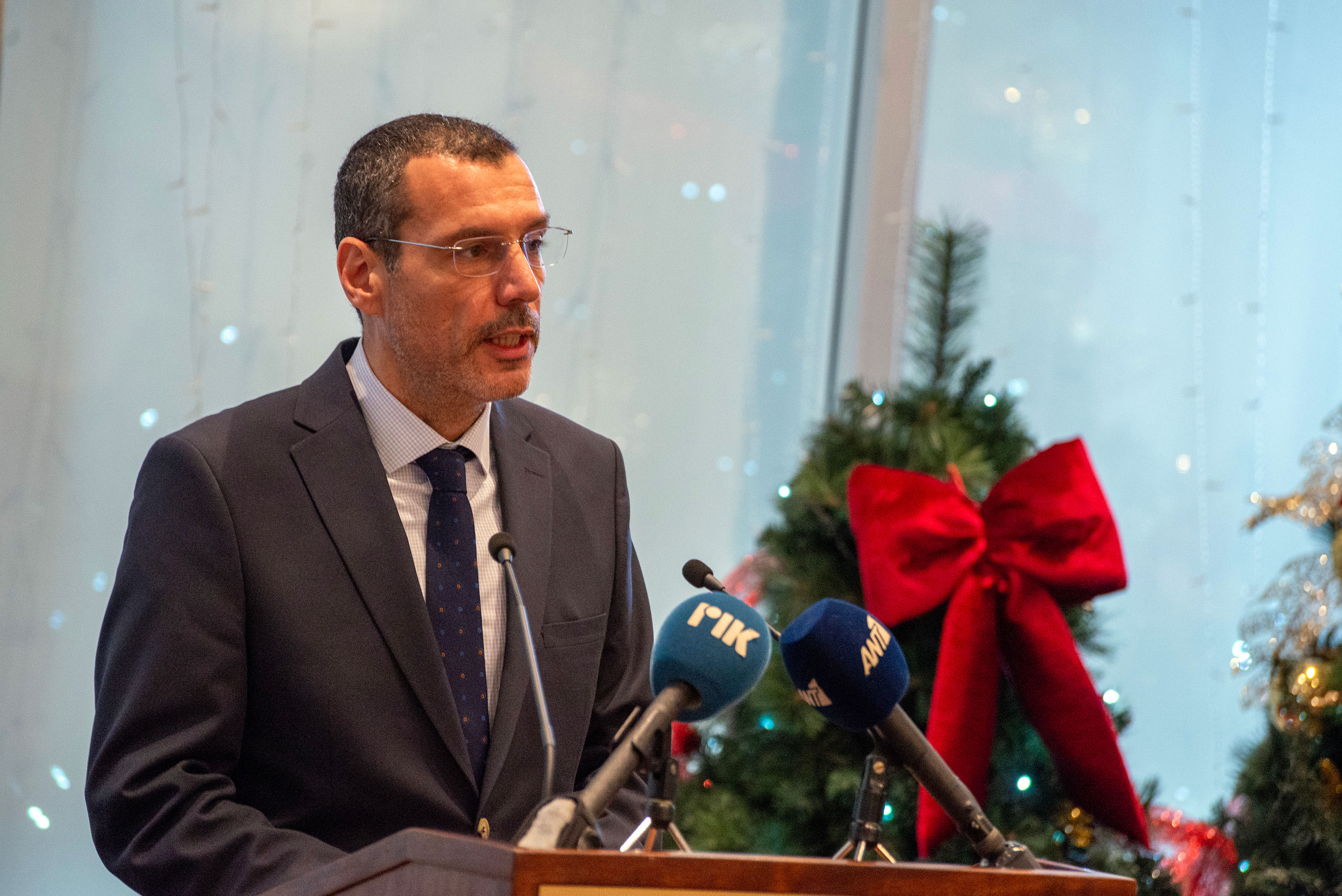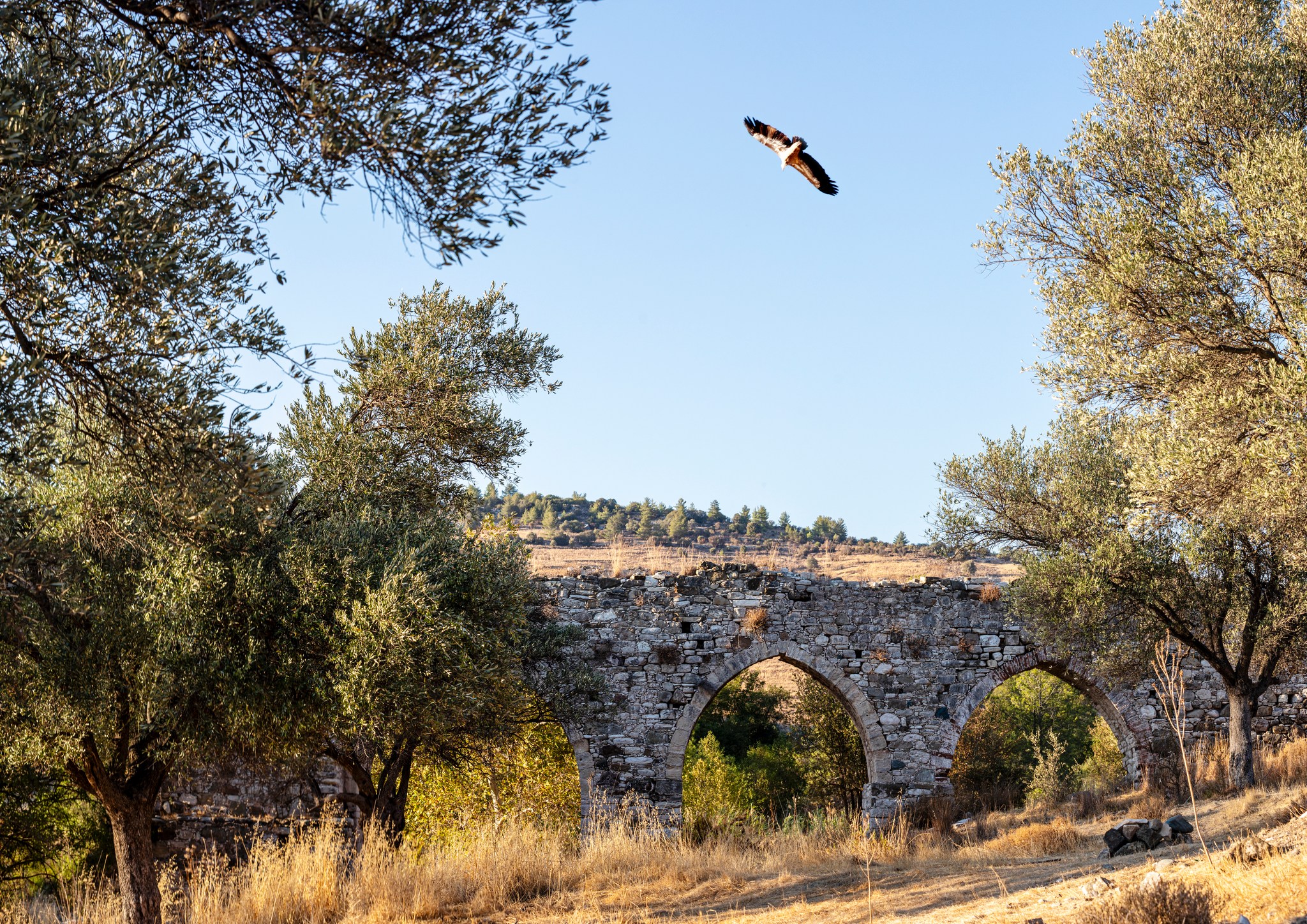Work has been completed on the excavation of a monumental fortress at the Laona-Palaepaphos ancient site, dating to the Cypro-Classical period (5th–4th c. BC), the antiquities department said on Tuesday.
The first phase of the 2023 annual surface excavations were carried out by the Archaeological Research Unit of the University of Cyprus as part of the Palaepaphos Urban Landscape Project (PULP), which has been running since 2006 under the direction of Professor Maria Iakovou.
Over a period of four weeks of intensive excavation, layers of the tumulus were dug from the interior of the monument to reveal the fortress to a height of around 3m.
The aim of this intervention, which places the highest part of the fortress at risk from natural disasters, was the digital mapping of the monument.
Vital measures aiming to protect and maintain the monument, especially the three staircases of the fort and their construction materials (unworked stones and mudbrick), will be carried out during Phase 2 in autumn 2023.
Even though the westerly course of the fortress is still not visible, this year the length of the visible section of the Laona wall extended beyond 135m. The construction of the wall was investigated, revealing that it was stone-built in its entirety.
The syllabic letter ‘E’ was identified on a large, worked stone at the exterior base of the fortress, which may represent the first letter of the mason’s name.
The excavation revealed another section of the wall to the south, measuring 35m in length, which is built of impressive worked but reused stones.
Despite its abrupt interruption due to extensive erosion caused by machinery used for the levelling of agricultural fields, the monumental defensive complex of Laona that extends to the south is less than 30m away from the plateau of Hadjiabdoullah and it is expected that it will eventually connect with the wall that protects the eastern side of the Hadjiabdoullah palace.
“If the forthcoming excavation period in 2024 confirms this prediction, then Laona and Hadjiabdoullah will form a single part of the acropolis of ancient Paphos,” the department said.
Kouklia-Palaipafos currently has the most extensive and monumental royal-administrative landscape in the Cypro-Classical period. The expropriation of the plots between Laona and Hadjiabdoulla will enable the Department of Antiquities to create a protected archaeological site.







Click here to change your cookie preferences